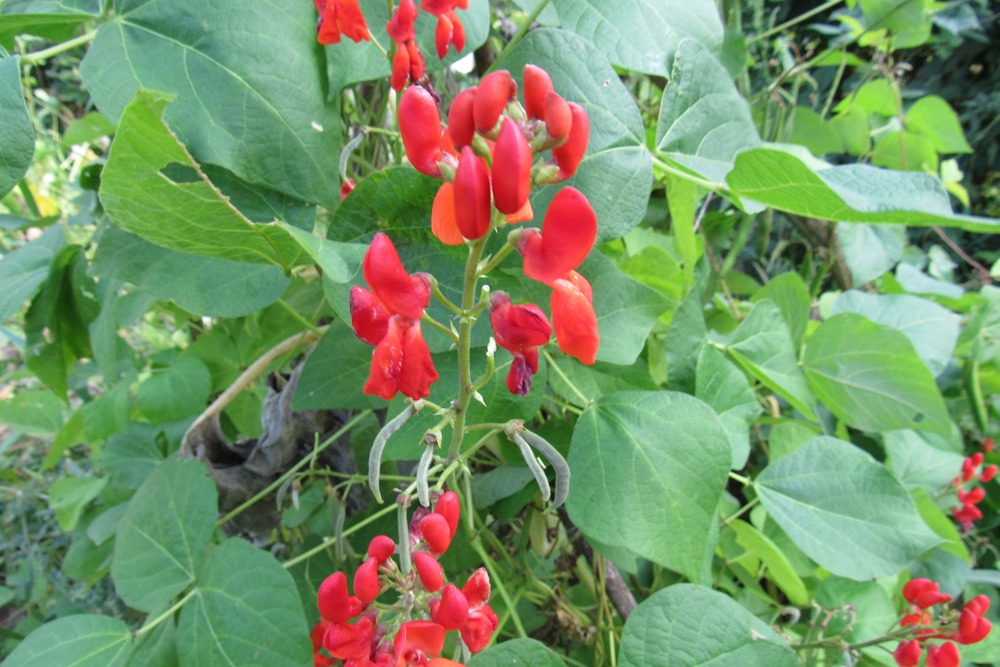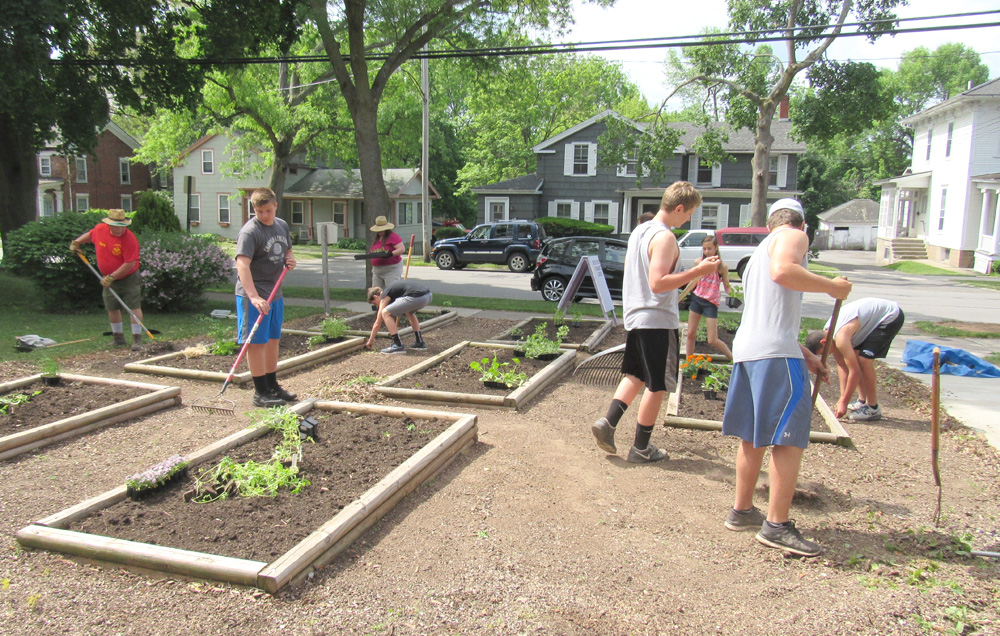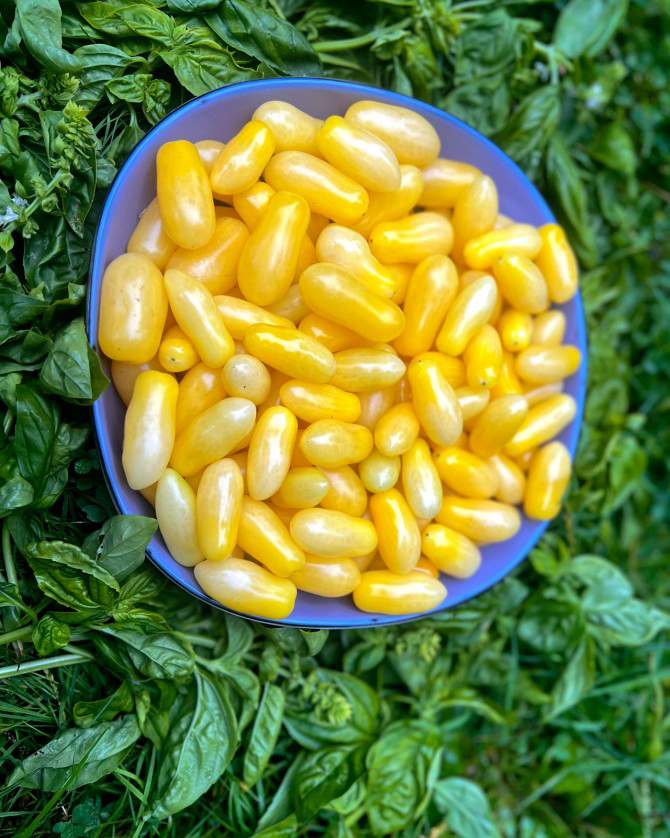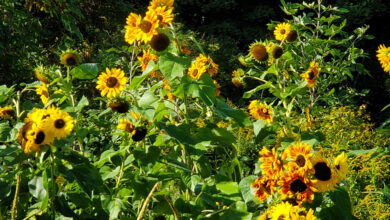Planting a meadow
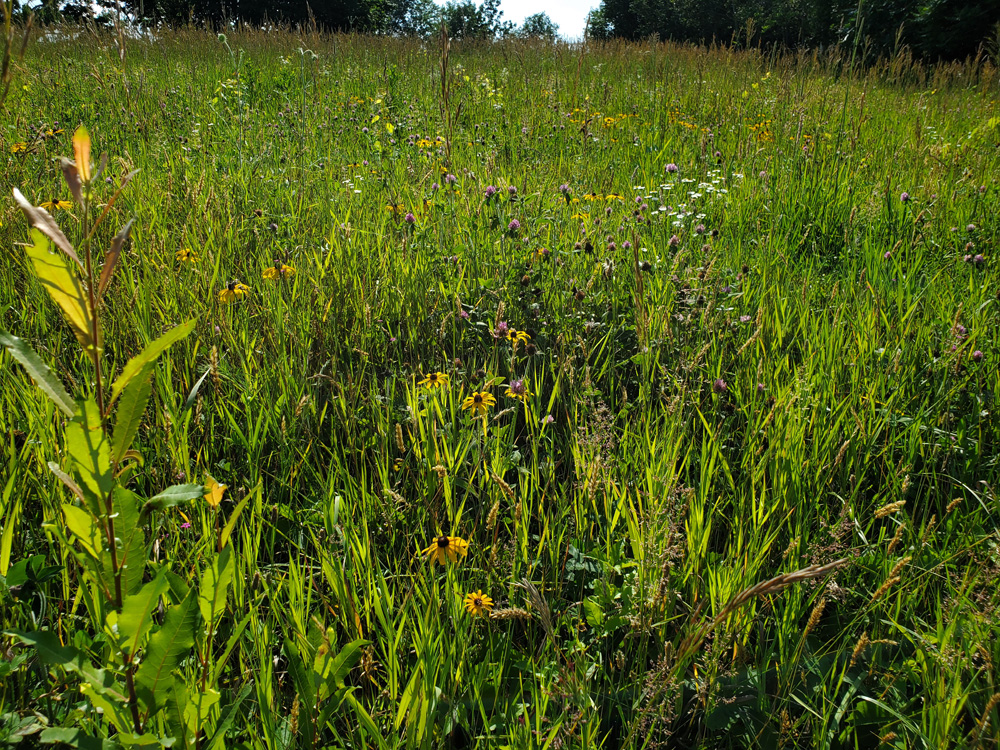
If you are thinking of ways to reduce the size of your lawn, planting a meadow is one option. A meadow increases biodiversity in your landscape, offers habitat for wildlife and helps support pollinators. Even if your yard is small, you can designate an area to growing a meadow. Another obstacle to meadows can be landscape ordinances. Check local laws to see if there are “weed” or mowing ordinances. If there are, you might be able to apply for a variance if you would like to grow a meadow.
Penn State Extension says the first thing to consider when planting a meadow is how much lawn you want to retain. You may want a play area for children or desire lawn close to the house. Meadows work well for sunny areas and contain a mixture of native grasses and wildflowers. There are two types of meadows: annual and perennial. Penn State says annual meadows grow rapidly the first year and provide an abundance of color quickly. Annual meadows need to be replanted each year. Beware, however, many of the common canned meadow mixes include nonnative species which can spread into areas you don’t want them. Aggressive plants include bull thistle, Canada thistle, nodding thistle, crown vetch, dame’s rocket and purple loosestrife. You might recognize many of these as invasive plants that should be avoided in your landscape. Carefully check to see what seeds are included in annual meadow mixes.
Perennial meadows take several years to establish. The plants have very deep root systems and will spend the first year focusing on root growth. The second year they will begin to grow and spread above ground, and by the third year the meadow is fully established. Once your meadow is established it is virtually maintenance free with only occasional weeding and mowing once each year.
Preparing to plant a meadow can be time-consuming, depending on which method you use. A more involved method is to remove sod either by cutting it into strips and digging it out; solarizing the vegetation with a heavy mulch which you keep in place for at least two months; or using herbicides such as Roundup (use only as directed). If you are preparing a large area for meadow planting, you can till the soil and plant a cover crop to outcompete existing vegetation. Harvest the cover crop and then till during hot, dry weather. All meadows should be tilled before planting seed. The best time to plant is in the spring. Water during the first six weeks.
As a much easier alternative, you can just discontinue mowing an area and allow nature to take its course. Wildflowers such as goldenrod, asters, milkweed and joe-pye weed will come in on their own. Pull excess plants that become aggressive or remove their seed heads.
You should mow your meadow once in the spring after the first year. Penn State says that during the first year, mow several times while plants are small to control weeds. Mow to about four inches – just above the level of the desired plants.
Wildflower choices for your meadow include black-eyed Susan, blazing-star, butterfly milkweed, goldenrod, New England aster, wild lupine and purple coneflower.



